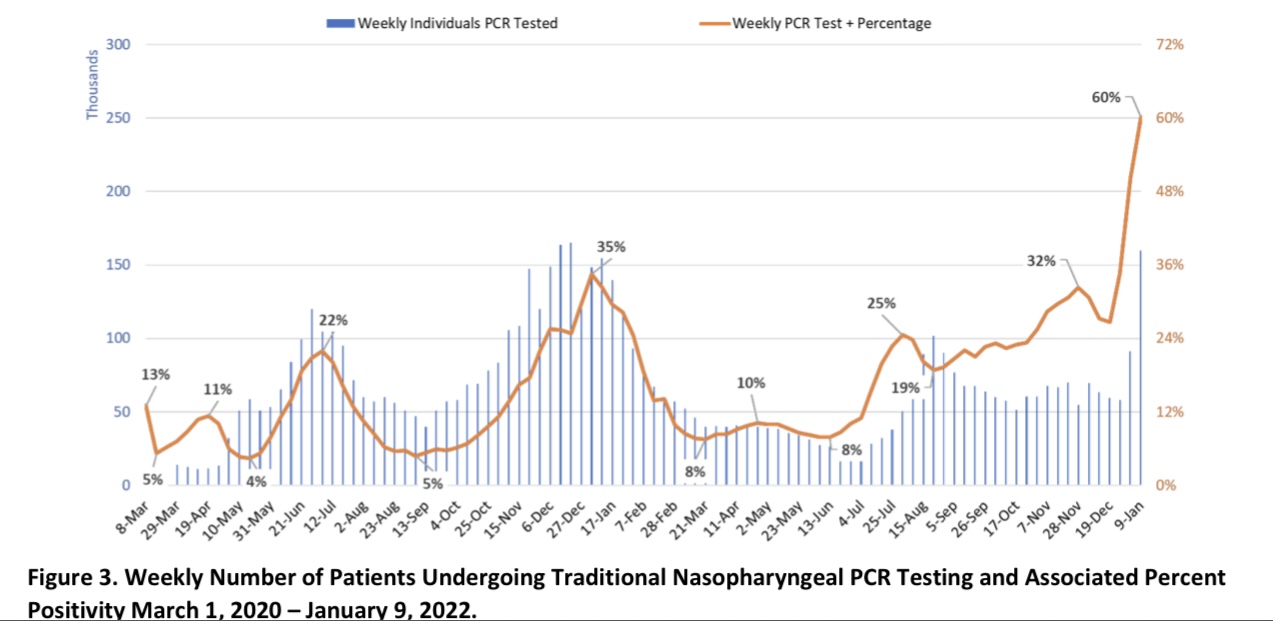National Federation of Independent Business v. Department of Labor & Ohio v. Department of Labor
Biden v. Missouri and Becerra v. Louisiana
Blog prepared exclusively for the Arizona Public Health Association
Jennifer L. Piatt, J.D.
On January 13, 2022, the Supreme Court of the United States issued two opinions addressing federal COVID-19 vaccination requirements. In National Federation of Independent Business v. Department of Labor and Ohio v. Department of Labor (“The OSHA Cases”), the Court blocked enforcement of the Occupational Safety and Health Administration (OSHA) COVID-19 Emergency Temporary Standard (ETS) for certain U.S. workplaces.
In Biden v. Missouri and Becerra v. Louisiana (“The CMS Cases”), the Court allowed a Centers for Medicare and Medicaid Services (CMS) rule to take effect requiring providers to ensure that staff are vaccinated against COVID-19. The Court’s decisions turn on the Justices’ interpretations of federal agency powers.
The OSHA Cases: On November 5, 2021, OSHA promulgated the ETS, generally requiring workplaces with more than 100 employees to implement employee COVID-19 vaccine-or-test policies. The ETS faced instantaneous opposition in courts across the nation by several states, businesses, and other organizations. On December 17, the Sixth Circuit rejected preliminary challenges to the ETS, finding in part that OSHA had clear authority to “protect workers against infectious diseases.”
The Supreme Court disagreed. In blocking enforcement of the ETS, the Court reasoned that the Secretary of Labor, through OSHA, does not have the authority to issue “broad public health measures.” Rather, under the Occupational Safety and Health (OSH) Act, the Secretary may regulate “occupation-specific risks” and set “workplace safety standards.”
The Secretary may not “regulate the hazards of daily life,”—public health threats which are not unique to the workplace. The Court left a small amount of room for a narrower standard addressing “special danger[s]” COVID-19 might pose in a particular working environment. In a blistering dissent, Justices Breyer, Sotomayor, and Kagan criticized the majority for placing limitations on OSHA’s authority that do not appear in statute.
The CMS Cases. CMS promulgated its own rule requiring COVID-19 vaccination of program participant staff on November 5, 2021, causing a similar flood of nationwide litigation. After several inconsistent lower court rulings, the Supreme Court allowed the CMS COVID-19 vaccine mandate to take effect, concluding that the Secretary of Health and Human Services was plainly authorized to issue it.
The Secretary can set requirements necessary for the “health and safety of individuals” receiving program services, and the CMS vaccine mandate clearly falls within the scope of that authority. Vaccine requirements in healthcare settings are common, they help keep patients safe, and CMS routinely imposes conditions of participation for receipt of funds. Justices Thomas, Alito, Gorsuch, and Barrett dissented, arguing CMS does not have the authority to issue a vaccine mandate.
The Court’s decisions are not the end of the road—in theory, they simply indicate whether the rules can or cannot be enforced while federal courts consider the legal challenges to them.
The ETS (ASHA Rule) has been blocked pending further litigation, while the CMS mandate can take effect. Still, with a clear 5-4 vote supporting the CMS mandate, and a clear 6-3 vote against the OSHA ETS, lower courts may be inclined to follow these interpretations.
Jennifer L. Piatt, J.D., LL.M., is a Research Scholar, Center for Public Health Law and Policy, Sandra Day O’Connor College of Law, Arizona State University.
_________________________
Which Entities & Employees are Covered Under the CMS Vaccine Requirement?
Now that the CMS vaccine requirement is settled law (probably) who does it apply to? Here is CMS’ Guidance Memo with the details. The staff vaccination requirement applies to the following Medicare and Medicaid-certified provider and supplier types:
Ambulatory Surgery Centers, Community Mental Health Centers, Comprehensive Outpatient Rehabilitation Facilities, Critical Access Hospitals, End-Stage Renal Disease Facilities, Home Health Agencies, Home Infusion Therapy Suppliers, Hospices, Hospitals, Intermediate Care Facilities for Individuals with Intellectual Disabilities, Clinics, Rehabilitation Agencies, Outpatient Physical Therapy and Speech-Language Pathology Services, Psychiatric Residential Treatment Facilities, Programs for All-Inclusive Care for the Elderly Organizations, Rural Health Clinics/Medicare Federally Qualified Health Centers, and Long Term Care facilities.





